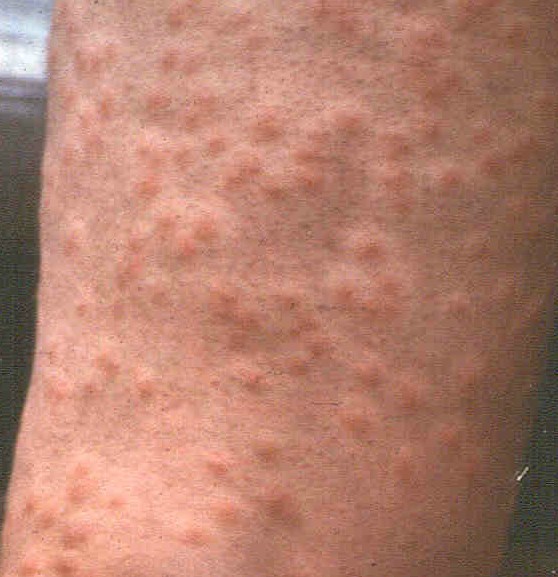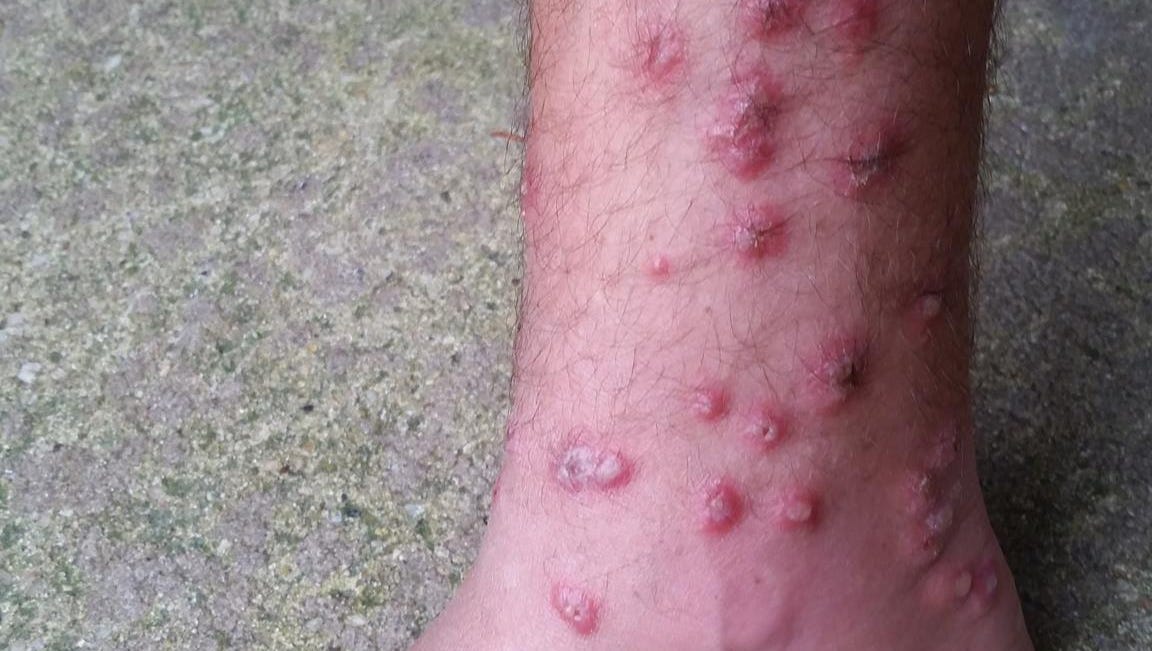

The degree of discomfort varies between individuals, with repeated exposures usually resulting in more intense reactions. Vesicles (fluid-filled areas 1–2 mm in diameter) will develop on these papules within 2 to 3 days. A small papule (solid raised spot with no fluid) will appear at each penetration site within 10 to 15 hours.

Each red spot is the site where a single cercaria (immature worm) penetrated the skin. The red spots (macules) will get redder and become itchier as time progresses before eventually subsiding (Figure 3).
#SWIMMERS ITCH ON FEET SKIN#
When you dry off, the skin may tingle, and the rash will appear shortly after swimming (within 12 hours). How do you know if you have swimmer's itch? Barr Library Librarians Melissa Rethlefsen and Marie Jones, Prof. Credit: Centers for Disease Control and Prevention/Minnesota Department of Health, R. A schistosomal cercaria (150X magnification). The parasite may be present wherever its snail and vertebrate hosts are present in fresh or brackish water.įigure 2 . In the water, the miracidia hatch from the eggs, and the life cycle continues. The eggs make their way into the gut, where they are expelled when the host defecates into the water. They penetrate the skin, usually of the foot or leg, and once inside the vertebrate host, the worms mature, mate, and migrate through the circulatory system to the veins surrounding the gut, where they lay eggs. Cercariae can sense shadows, water turbulence, temperature, and body odor that reveal the presence of a host. These cercariae (stage 4 in Figure 1) search for a vertebrate host to complete the next stage of the life cycle. Next, inside the snail, the parasite replicates and then leaves the snail as another free-swimming stage, the cercaria. These penetration methods include ingestion of eggs or miracidia, direct penetration of the snail tegument (skin), and entry through natural openings. The method of penetration depends upon the schistosome species, and penetration may occur through multiple methods within the same species. The snail is infected by a free-swimming stage of the parasite known as a miracidium (stage 2 in Figure 1). The parasite's life cycle includes a stage in an aquatic snail species (Figure 1).

They all normally parasitize (infect) animals other than humans, especially dogs and waterfowl, like ducks and geese. There are several different species of schistosomes that can cause swimmer's itch in people in the United States.

Although the rash is uncomfortable, the worms that cause swimmer's itch cannot mature into adult worms or cause disease in humans. In other countries, schistosomes that use humans as their main host cause a disease known as schistosomiasis (in this article that disease is not covered). In the United States, the schistosomes most likely to cause swimmers itch are those that infect birds and dogs as their hosts. Humans are noncompatible, accidental hosts and are infected when the larval worms penetrate their skin while looking for a compatible wildlife host, like a bird, dog, raccoon, rodent, or other animal. People develop swimmer's itch only after bathing in water containing the parasites. Swimmer's itch, also known as cercarial dermatitis, is a skin rash caused by infection with parasitic flatworms in the family Schistosomatidae, also known as schistosomes. Weeks, Katherine Sayler, and Heather Stockdale Walden What is swimmer's itch?


 0 kommentar(er)
0 kommentar(er)
